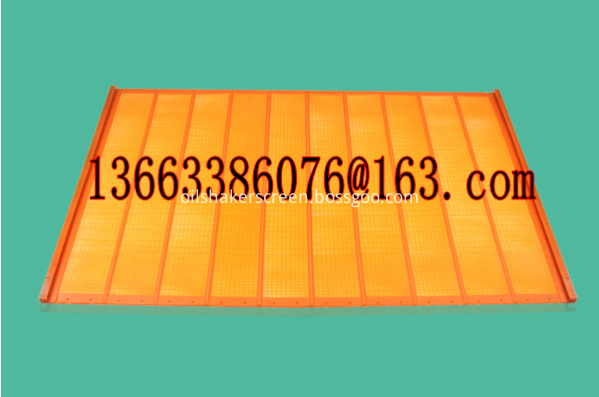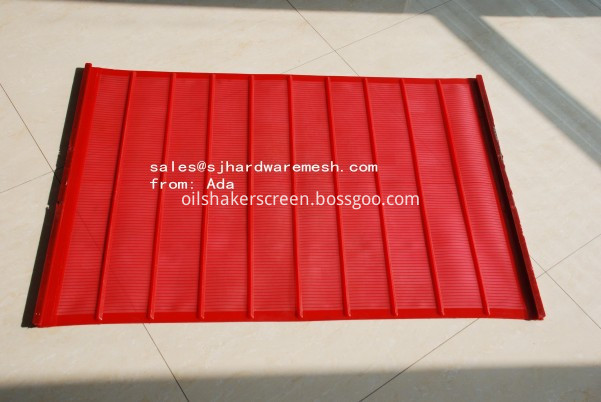Rotary vane vacuum pump using the top ten matters needing attention:
The rotary vane pump is mainly composed of a pump body, a rotor, a rotary vane, an end cap, and a spring. A rotor is installed eccentrically in the cavity of the rotary vane pump. The outer circle of the rotor is tangent to the inner surface of the pump cavity (there is a slight gap between the two), and two rotors with springs are installed in the rotor slot. When the rotor rotates, the rotary vane can reciprocate along its radial groove and is always in contact with the inner wall of the pump casing. The rotary vane rotates together with the rotor to divide the vacuum pump chamber into several variable volumes.
When operating the rotary vane vacuum pump, note the following:
1. Before using a rotary vane vacuum pump, ensure that the pump is clean and prevent debris from entering the pump. Check the oil level to stop filling the pump to the center of the oil standard. Too low on the exhaust valve can not play a sealing role, affecting the degree of vacuum. If it is too high, it will cause fuel injection when the atmosphere starts. During operation, the oil level has increased and it is normal. The oil is made from the oil injection hole using the specified vacuum pump oil. After refueling, screw plugs should be screwed on. The oil should be filtered to prevent debris from entering and plugging the oil hole. Add oil and add vacuum pump oil according to the scale indication. Rotate the three-way valve so that the suction pipe of the pump communicates with the atmosphere and is isolated from the evacuated container and opens the exhaust port.
2. When the ambient temperature is too high, the temperature of the oil will rise, the viscosity will drop, the saturated vapor pressure will increase, and it will cause the ultimate vacuum to drop, especially the total pressure measured by the thermocouple meter.
3, vacuum pump should not be used to extract oxygen content is too high, explosive and metal corrosion of the gas. In addition, it is not advisable to inhale the gas that can react with the pump oil and the gas that contains a large amount of water vapor. 4. The pump can be started once at atmospheric pressure or at any degree of vacuum. If the pump port is equipped with a solenoid valve, it should be operated simultaneously with the pump.
5. After the pump is running normally, rotate the three-way valve slowly so that the suction pipe of the pump communicates with the evacuated container and is isolated from the atmosphere.
6. Turn the pulley by hand to check the operation status. After no abnormal condition, turn on the power and pay attention to the direction of rotation.
7. After a period of use, the belt becomes loose and the motor position must be adjusted. Pay attention to the replenishment of the pump oil. If any oil or water is mixed in the pump oil, replace it with new oil and clean the pump body. Do not clean the pump body with volatile liquid such as acetic acid ethylacetone or acetone.
8, check the ultimate vacuum of the vacuum pump to compress the mercury vacuum gauge prevail, if calculated by fully pre-emptive effect test, the pump temperature has stabilized, the pump port and meter directly connected, within 30 minutes of operation, will reach the ultimate vacuum.
9. If the relative humidity is high, or if the pumped gas contains more condensable vapors, after connecting the pumped containers, open the gas ballast valve and close the gas ballast valve after 20 to 40 minutes of movement. Before stopping the pump, the valve can be opened for 30 minutes without load to prolong the life of the pump.
10. When you stop using the pump, if you want to maintain a certain degree of vacuum in the vacuum system, you should rotate the three-way valve so that the vacuum system is closed and the pump suction pipe is open to the atmosphere. Cut off the power and stop operation. Close the exhaust port and seal the pump cover.

The rotary vane pump is mainly composed of a pump body, a rotor, a rotary vane, an end cap, and a spring. A rotor is installed eccentrically in the cavity of the rotary vane pump. The outer circle of the rotor is tangent to the inner surface of the pump cavity (there is a slight gap between the two), and two rotors with springs are installed in the rotor slot. When the rotor rotates, the rotary vane can reciprocate along its radial groove and is always in contact with the inner wall of the pump casing. The rotary vane rotates together with the rotor to divide the vacuum pump chamber into several variable volumes.
When operating the rotary vane vacuum pump, note the following:
1. Before using a rotary vane vacuum pump, ensure that the pump is clean and prevent debris from entering the pump. Check the oil level to stop filling the pump to the center of the oil standard. Too low on the exhaust valve can not play a sealing role, affecting the degree of vacuum. If it is too high, it will cause fuel injection when the atmosphere starts. During operation, the oil level has increased and it is normal. The oil is made from the oil injection hole using the specified vacuum pump oil. After refueling, screw plugs should be screwed on. The oil should be filtered to prevent debris from entering and plugging the oil hole. Add oil and add vacuum pump oil according to the scale indication. Rotate the three-way valve so that the suction pipe of the pump communicates with the atmosphere and is isolated from the evacuated container and opens the exhaust port.
2. When the ambient temperature is too high, the temperature of the oil will rise, the viscosity will drop, the saturated vapor pressure will increase, and it will cause the ultimate vacuum to drop, especially the total pressure measured by the thermocouple meter.
3, vacuum pump should not be used to extract oxygen content is too high, explosive and metal corrosion of the gas. In addition, it is not advisable to inhale the gas that can react with the pump oil and the gas that contains a large amount of water vapor. 4. The pump can be started once at atmospheric pressure or at any degree of vacuum. If the pump port is equipped with a solenoid valve, it should be operated simultaneously with the pump.
5. After the pump is running normally, rotate the three-way valve slowly so that the suction pipe of the pump communicates with the evacuated container and is isolated from the atmosphere.
6. Turn the pulley by hand to check the operation status. After no abnormal condition, turn on the power and pay attention to the direction of rotation.
7. After a period of use, the belt becomes loose and the motor position must be adjusted. Pay attention to the replenishment of the pump oil. If any oil or water is mixed in the pump oil, replace it with new oil and clean the pump body. Do not clean the pump body with volatile liquid such as acetic acid ethylacetone or acetone.
8, check the ultimate vacuum of the vacuum pump to compress the mercury vacuum gauge prevail, if calculated by fully pre-emptive effect test, the pump temperature has stabilized, the pump port and meter directly connected, within 30 minutes of operation, will reach the ultimate vacuum.
9. If the relative humidity is high, or if the pumped gas contains more condensable vapors, after connecting the pumped containers, open the gas ballast valve and close the gas ballast valve after 20 to 40 minutes of movement. Before stopping the pump, the valve can be opened for 30 minutes without load to prolong the life of the pump.
10. When you stop using the pump, if you want to maintain a certain degree of vacuum in the vacuum system, you should rotate the three-way valve so that the vacuum system is closed and the pump suction pipe is open to the atmosphere. Cut off the power and stop operation. Close the exhaust port and seal the pump cover.
Polyurethane Screen Mesh absorbs the advantages of polyurethane. It is characterized by strong corrosion resistance, good wear resistance, low operating noise and high screening efficiency. Polyurethane screens have good flexibility, it can be freely combined with vibrating screens and other mining equipment. This product is fit for various areas, such as mines, refineries and quarries.
Specification
- Screen material: polyurethane (PU).
- Hole shape: round, square, rectangular. (or upon request).
- Types: polyurethane fine screen mesh, tensioned polyurethane screen, modular polyurethane screen, steel core polyurethane screen.
- Size: customized design.
- Color: red, yellow, green, etc.
Advantage
- Good elasticity; high tensile strength.
- Light weight; low operating noise.
- Strong structure; good impact resistance.
- Strong corrosion resistance; excellent wear resistance.
- Good bearing strength; high screening efficiency.
- Stable performance; long-term stability.
- Maintenance free; economical.
Application
- Used in mines and quarries.
- Used to sieving oil, coal, ore, gravel and sand, etc.
- Widely applied in mining industry, chemical industry, power industry and construction industry.


Polyurethane Screen Mesh
Polyurethane Screen Mesh,Stainless Steel Mesh ,Metal Mesh Screen ,Stainless Steel Screen
Anping Shengjia Hardware Mesh Co.,ltd , https://www.oilshakerscreen.com